Comprehensive Guarante To Meet Your Diverse Needs
High-definition printing: bright colors and clear patterns
High-quality and durable: wear-resistant and stretch-resistant

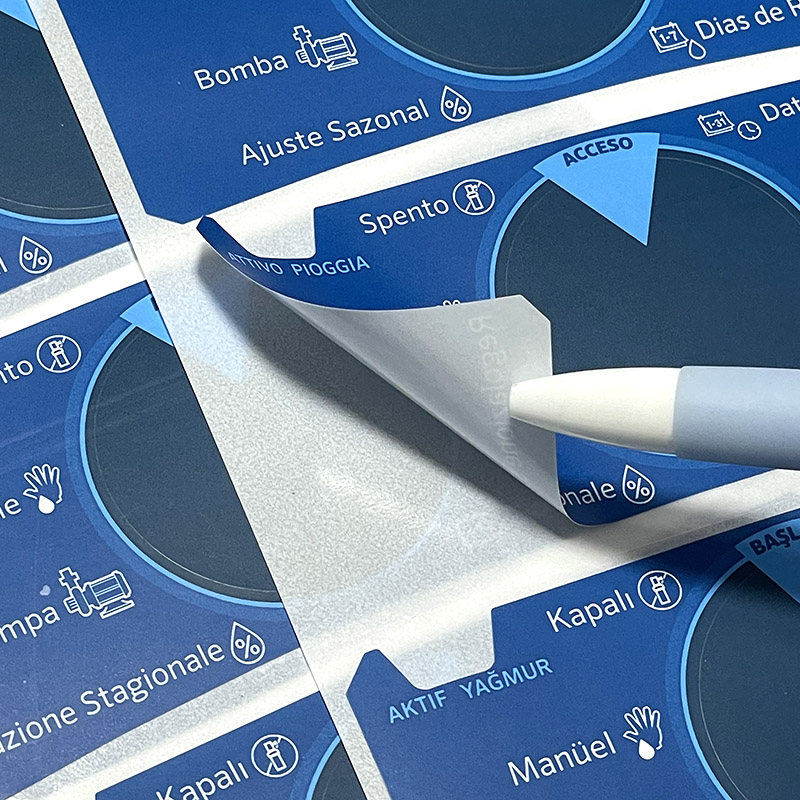

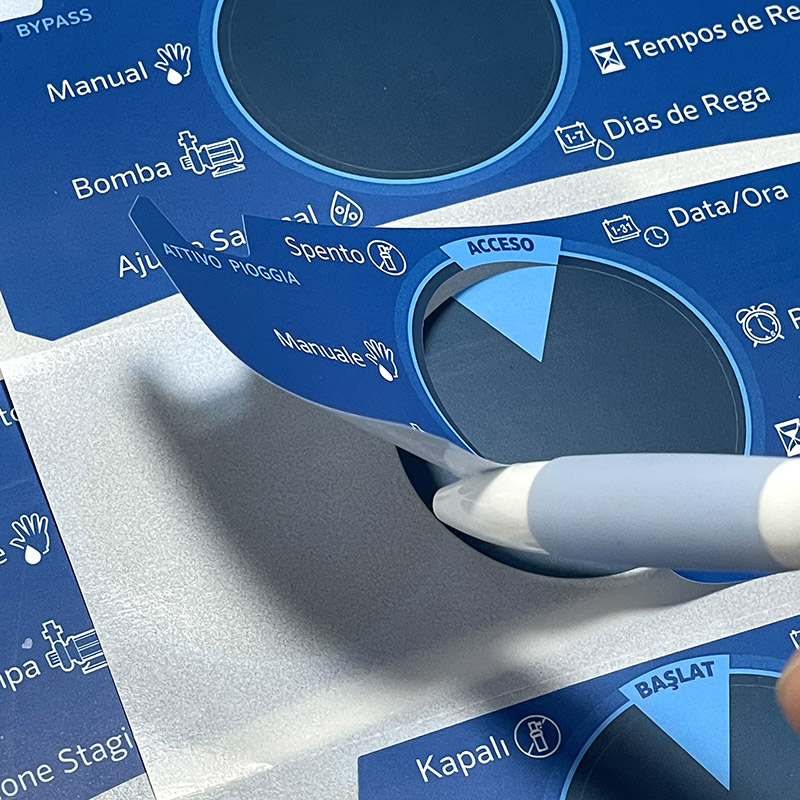
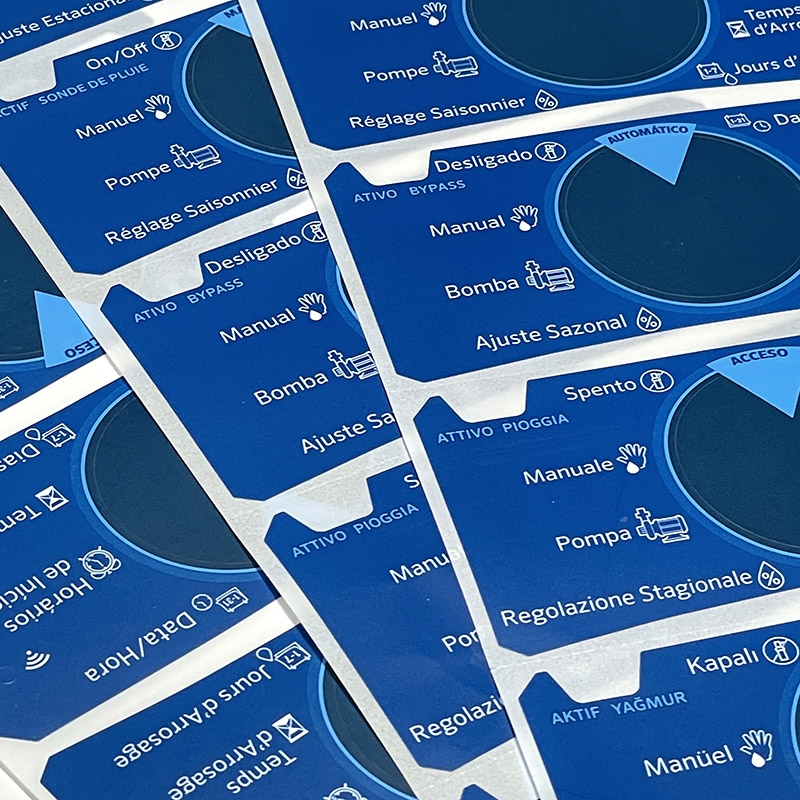
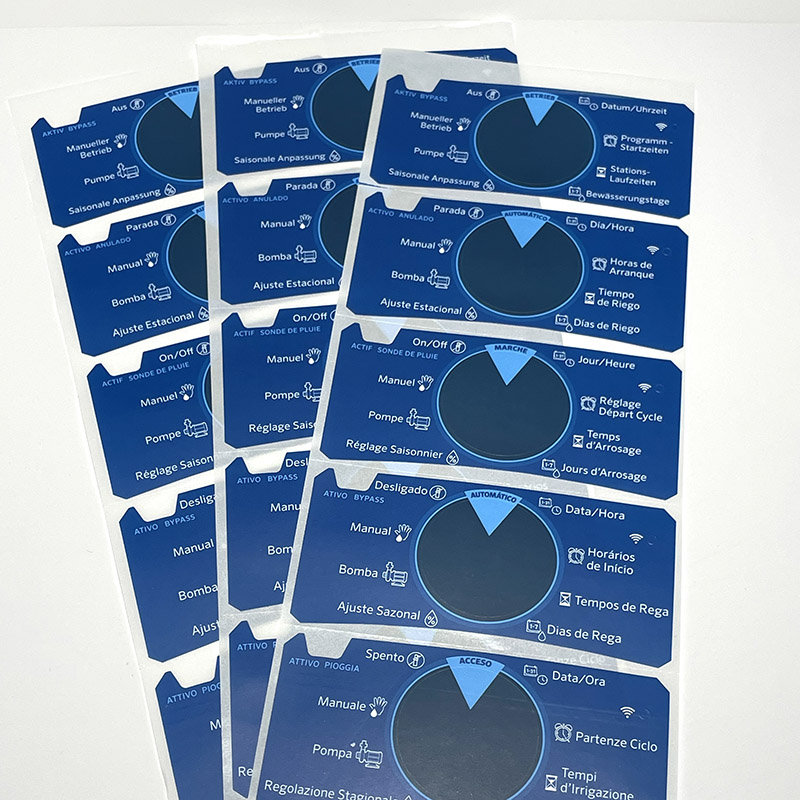
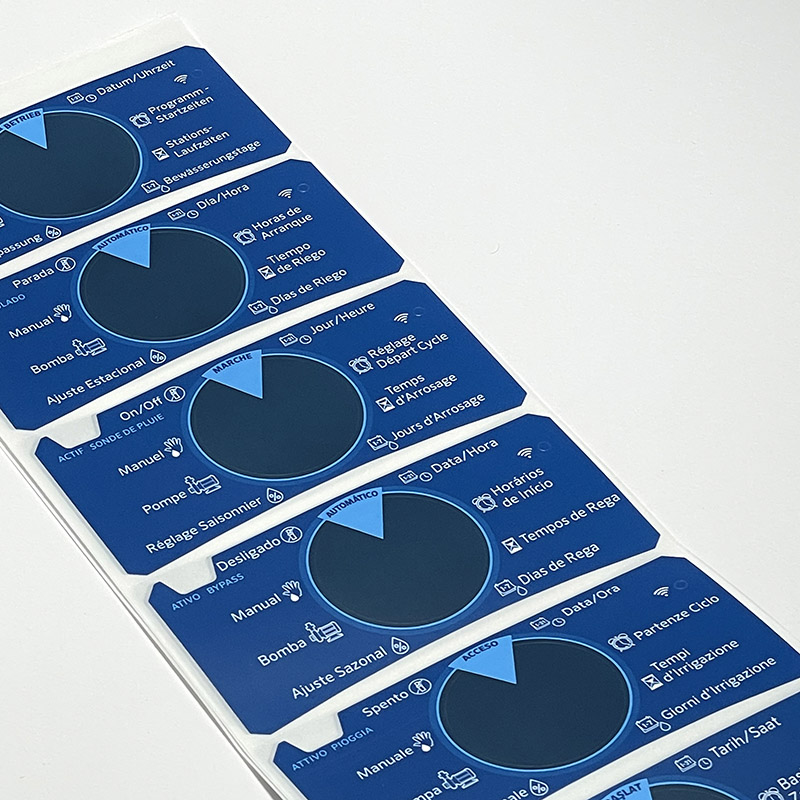
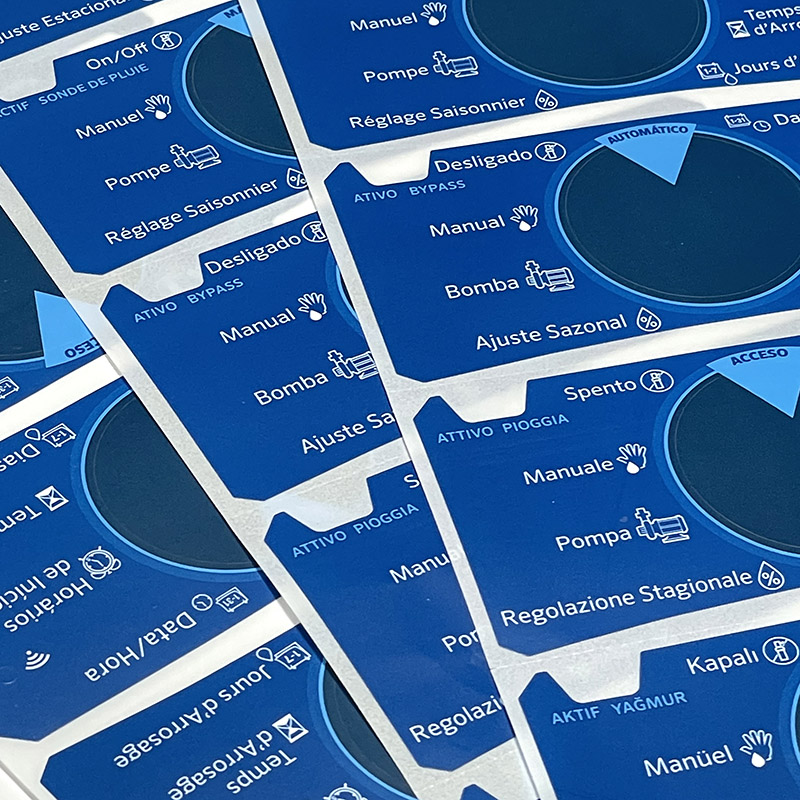
Custom Label Printing offers a personalized solution for all your labeling needs. Our high-resolution printing technology ensures vibrant colors and sharp text, making your labels stand out. Whether you need labels for product packaging, promotional materials, or special events, we can customize the design, shape, and size to fit your specific requirements. Available in a variety of materials, including waterproof vinyl, paper, and eco-friendly options, our Custom Labels provide durability and versatility. With options for gloss, matte, or metallic finishes, Custom Label Printing ensures your products are visually appealing and professionally presented.
Custom label printing is a versatile and cost-effective solution for businesses and individuals looking to create personalized labels for branding, organization, product identification, or promotional purposes. Below is a comprehensive guide to help you understand the process, options, and best practices for custom label printing:
Used for packaging goods like food, beverages, cosmetics, or electronics.
Often include branding elements (logo, colors), product information (ingredients, usage instructions), and regulatory details (barcodes, expiration dates).
Designed for packages and parcels, containing sender/recipient information, tracking numbers, and shipping details.
May include QR codes or barcodes for automated sorting.
Used for envelopes, letters, or packages to standardize addressing and save time.
Can be personalized with names, logos, or return addresses.
Indicate hazards, instructions, or compliance with safety regulations (e.g., "Flammable," "Keep Out of Reach of Children").
Often use bold colors (red, yellow) and clear symbols for visibility.
Used for filing systems, storage bins, or inventory management to keep spaces tidy and efficient.
Can include categories, dates, or QR codes for digital tracking.
Stickers or decals used for marketing campaigns, events, or giveaways.
Often feature eye-catching designs, slogans, or discount codes.
Paper: Cost-effective and suitable for indoor use (e.g., product labels, address labels).
Vinyl: Durable, waterproof, and resistant to fading; ideal for outdoor use or harsh environments.
Polyester (PET): Highly durable and chemical-resistant; used for industrial or long-lasting applications.
BOPP (Biaxially Oriented Polypropylene): Moisture-resistant and tear-resistant; common for food packaging.
Clear/Frosted: Transparent or semi-transparent labels for a "no-label" look on bottles or jars.
Metallic: Adds a premium feel with foil finishes (gold, silver, etc.).
Permanent: Strong bond for long-term applications (e.g., product packaging).
Removable: Leaves no residue when peeled off; useful for temporary promotions or reusable containers.
Repositionable: Can be moved multiple times without losing stickiness; ideal for organizing or prototyping.
High-Tack: Extra-strong adhesive for rough or textured surfaces.
Digital Printing:
Best for short runs (low quantities) or designs with multiple colors/variables.
High-quality results with quick turnaround times.
No setup costs, making it cost-effective for small batches.
Flexographic Printing:
Ideal for large quantities (thousands or more) due to lower per-unit costs.
Uses printing plates for consistent, high-speed production.
Suitable for simple designs with limited colors.
Screen Printing:
Used for thick inks or special effects (metallic, fluorescent).
Durable and vibrant but less precise for detailed designs.
Thermal Transfer Printing:
Uses heat to transfer ink from a ribbon onto the label material.
Common for barcodes, variable data, or durable labels (e.g., shipping labels).
Lamination: Adds a protective layer (gloss, matte, or satin) to enhance durability and appearance.
Die-Cutting: Shapes labels into custom forms (circles, ovals, or intricate designs).
Foil Stamping: Adds metallic accents (gold, silver) for a premium look.
Embossing/Debossing: Creates raised or recessed textures for tactile appeal.
Variable Data Printing: Allows unique information (serial numbers, names) on each label.
Use your brand’s color palette, fonts, and logo to maintain a cohesive look.
Ensure labels align with your overall marketing materials (website, packaging, social media).
Choose clear, legible fonts (avoid overly decorative ones for small text).
Ensure contrast between text and background colors (e.g., black text on white vs. yellow text on white).
Prioritize essential information (product name, warnings) in larger fonts.
Arrange elements logically (e.g., brand name at the top, product details below).
Use spacing and alignment to guide the viewer’s eye.
Avoid clutter; focus on key messaging or functionality.
Use whitespace effectively to make labels feel clean and professional.
Include required information (nutrition facts, safety warnings, barcodes) based on industry regulations.
Follow guidelines for label size, placement, and content (e.g., FDA for food labeling).
Print a sample label to check colors, alignment, and readability before full production.
Test adhesives on the intended surface to ensure proper bonding.
Choose a Printing Partner:
Look for reputable online printers (e.g., Avery WePrint, Sticker Mule, Vistaprint) or local print shops.
Check reviews, turnaround times, and pricing for your quantity needs.
Select Specifications:
Material, adhesive, size, shape, and quantity.
Printing method (digital, flexo, etc.) based on your design and budget.
Upload or Create Design:
Use the printer’s design tool or upload your own artwork (ensure it meets resolution requirements).
Include bleed areas if needed (extra space around the edges for trimming).
Review Proof:
Most printers provide a digital proof for approval before production.
Double-check all details (spelling, colors, placement).
Place Order:
Confirm shipping details and payment method.
Ask about rush options if needed.
Quantity: Larger orders reduce per-unit costs due to economies of scale.
Material: Premium materials (vinyl, metallic) cost more than standard paper.
Complexity: Die-cutting, foil stamping, or multiple colors increase pricing.
Printing Method: Digital is cheaper for small runs; flexo is better for bulk orders.
Finishing: Lamination or embossing adds to the total cost.
Retail: Product packaging, shelf tags, promotional stickers.
Food & Beverage: Nutrition labels, branding on bottles/cans.
Healthcare: Medical device labeling, prescription bottle labels.
Logistics: Shipping labels, inventory tags, pallet labels.
Events: Name badges, promotional decals, giveaway stickers.
Home & Organization: Storage labels, jar labels, filing system tags.
Recycled Materials: Choose labels made from post-consumer waste (PCW) paper or biodegradable vinyl.
Eco-Friendly Inks: Use soy-based or water-based inks instead of petroleum-based options.
Minimalist Design: Reduce ink usage by opting for simpler designs.
Reusable Labels: Select removable adhesives for temporary applications.
Previous: Gold and Silver hot stamping
Next: Custom Shaped Labels
2/F, No. 23, Um Yuan Xin Road, Wentang Community, Dongcheng Street, Dongguan City, Guangdong Province, China
+86 137-1733-9986 +86-0769-22299566